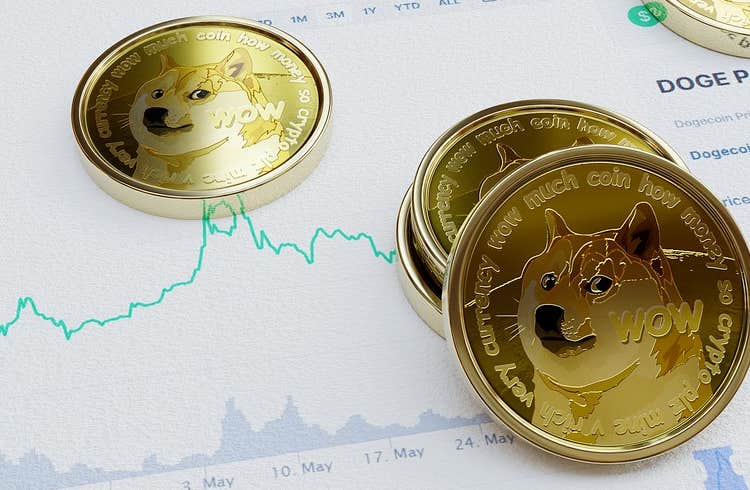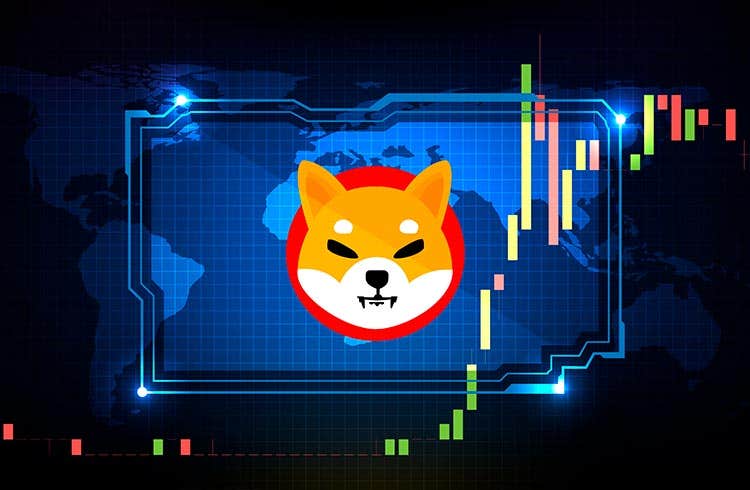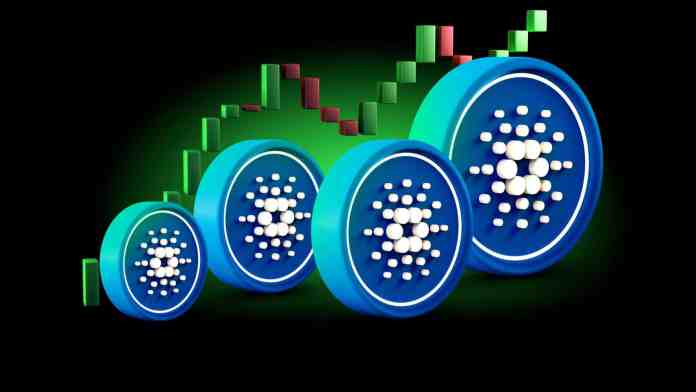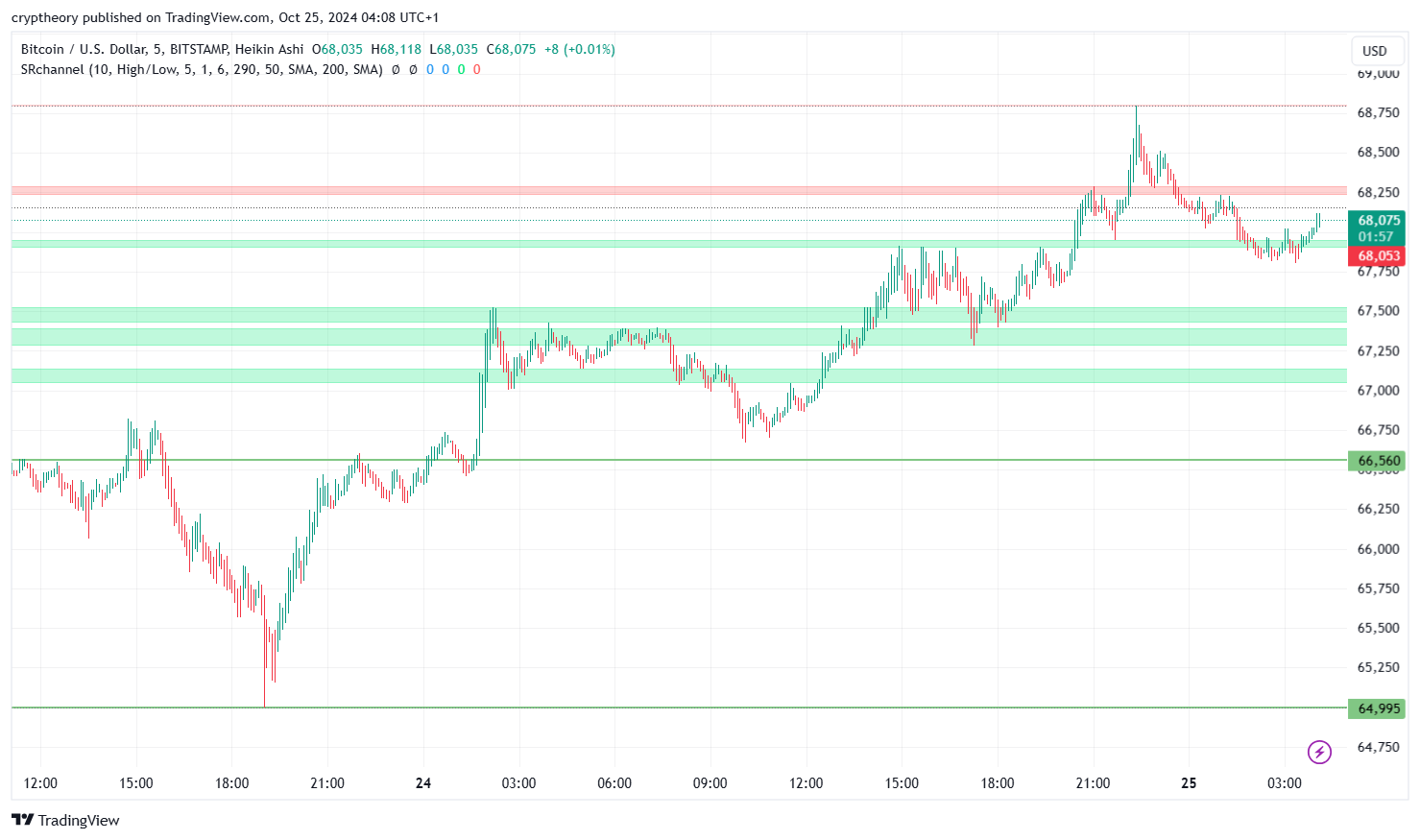Table of Contents
Solana has become one of the most popular blockchains, attracting investors with its lightning-fast transactions, low fees, and a thriving ecosystem. In today’s article, you’ll discover what makes Solana stand out, and if you’re curious about where SOL’s price might be heading, you’re in the right place!
What is Solana?

The Solana Ecosystem
Solana’s ecosystem has blossomed into a wide variety of applications, protocols, and platforms supporting all kinds of blockchain use cases—DeFi, NFT marketplaces, gaming, and a range of decentralized applications (dApps). It provides an ideal playground for developers who want to build scalable applications without breaking the bank on transaction fees.
Not only that, Solana’s got its own Solana Foundation and Solana Ventures, which offer grants and technical support to budding projects. This means developers can focus on innovation, knowing they have backing. Solana’s high-speed, low-fee model has attracted tons of DeFi apps, including decentralized exchanges (DEXs), lending protocols, and staking platforms. And let’s not forget its thriving NFT and meme coin communities—Solana’s quickly become a go-to blockchain for these trending sectors.
Thanks to this developer support and impressive scalability, Solana’s ecosystem now hosts thousands of projects, making it a prominent platform for blockchain innovation and community-driven growth.
Top 10 Applications on Solana by trading volume
- Raydium – Raydium is one of Solana’s largest decentralized exchanges (DEXs), offering trading and liquidity provision with substantial market depth.
Trading Volume: $1.23 billion USD - Serum – Serum provides a low-latency decentralized exchange and trading platform within the Solana ecosystem, known for its speed and efficiency.
Trading Volume: $987 million USD - Marinade Finance – Marinade allows users to stake their SOL tokens and earn bonus rewards, supporting the Solana network through staking.
Trading Volume: $760 million USD - Saber – Saber focuses on stablecoin liquidity, offering a platform for users to swap stable assets across different blockchains.
Trading Volume: $590 million USD - Orca – With an intuitive user interface, Orca is a major DEX on Solana, providing users with an accessible platform for trading.
Trading Volume: $512 million USD - Mango Markets – Mango Markets is a decentralized platform for leveraged trading, giving users access to advanced trading tools.
Trading Volume: $430 million USD - Star Atlas – A blockchain-integrated, massive multiplayer online space exploration game, Star Atlas is pioneering Solana’s Play-to-Earn (P2E) gaming space.
Trading Volume: $400 million USD - Magic Eden – One of Solana’s largest NFT marketplaces, Magic Eden provides a platform for users to trade, buy, and sell digital assets and collectibles.
Trading Volume: $380 million USD - Solend – Solend is a lending and borrowing protocol on Solana, allowing users to lend their assets while earning interest.
Trading Volume: $350 million USD - Drift Protocol – Drift focuses on derivatives trading, offering users a platform for leveraging their trading strategies within the Solana network.
Trading Volume: $300 million USD
Historical performance of SOL
Solana (SOL) entered the scene in March 2020 at a modest price of around $0.95. While SOL showed a steady upward trend throughout 2020, it wasn’t until 2021 that Solana really broke into the spotlight. Thanks to its increasing popularity among DeFi developers and the explosive rise of NFTs, SOL experienced substantial growth, rocketing to over $250 by November 2021.
2021 was truly a blockbuster year for Solana. Its price climbed rapidly as a flood of new projects entered the ecosystem, particularly in decentralized finance. The surge in trading volume and investor interest sent SOL soaring. But then came the crypto winter of 2022, and like many cryptos, Solana took a hit, dipping to around $30 as the market cooled off.
By 2023, Solana was back on the rise, steadily regaining its footing as new projects joined the ecosystem. By the close of the year, SOL was trading near $90. Fast forward to 2024, and Solana’s momentum kept building, driven by booming decentralized exchange (DEX) activity and a surge in demand for NFTs, meme coins, and DeFi applications. As of October 29, 2024, SOL reached an impressive $181.
Since its debut, Solana has recorded a mind-blowing total growth of 21,714 %, showcasing its appeal to developers and investors alike. This phenomenal rise is a testament to the robust ecosystem and active community supporting the platform.
Solana price predictions 2024 – 2030
2024
In 2024, Solana’s growth is set to benefit from its role in DeFi, NFTs, and dApps, with more users flocking to its high-speed, low-fee transactions. Analysts see SOL reaching $250 if adoption trends continue. However, infrastructure setbacks or regulatory changes could bring a decline to $150. In a bear market, Solana’s popularity among developers will be crucial to maintaining stability despite potential challenges.
2025
By 2025, SOL’s market strength could deepen with DeFi and NFT integrations solidifying its ecosystem, pushing prices to around $300. If Solana resolves interoperability issues, it may capture even more developer interest. However, if competition with other blockchains or regulatory restrictions increase, the bear prediction might pull SOL down to $180. This year will likely hinge on user retention and expansion.
2026
In 2026, institutional interest in Solana’s blockchain capabilities could elevate SOL’s price up to $400. This would be supported by network upgrades enhancing its scalability for more complex applications. If institutional players adopt blockchain heavily, SOL’s value might keep climbing. Conversely, a sluggish market or technical issues could hold SOL at $180. The year’s success may depend on network stability under rising demand.
2027
By 2027, the Solana ecosystem is anticipated to grow with widespread adoption in finance and gaming, likely pushing SOL to $450. If new dApps and financial integrations flourish, Solana may see strong demand. However, a global economic slowdown or intense competition could see SOL settle closer to $200. This year’s outlook will depend on Solana’s market adaptability and user acquisition.
2028
The 2028 Bitcoin halving could trigger a crypto market boom, with SOL potentially reaching $600. If Bitcoin’s impact spreads across crypto, Solana could gain investor interest. However, if economic downturns affect investment or if new projects underperform, SOL could hover around $350. This year’s prospects are highly tied to general market optimism.
2029
By 2029, traditional financial institutions may be more comfortable with blockchain technology, which could propel SOL to $700 as the DeFi and NFT spaces grow. Solana could attract institutions looking for established blockchain options. However, if competing blockchains outshine Solana, SOL might level at around $400. The success of 2029 will rely on sustained institutional trust and technological advancements.
2030
In 2030, Solana is expected to be a leading platform with extensive adoption among businesses and developers. With blockchain technology entrenched in DeFi and gaming, SOL could skyrocket to $1,000. However, if adoption slows or if unforeseen tech challenges arise, SOL might drop to $500. The future of Solana rests on continuous innovation and robust community engagement.
Future plans for Solana
Solana’s roadmap is packed with ambitious plans to scale its network and broaden its ecosystem. Here’s what’s on the horizon:
- Technological Upgrades: Solana aims to turbocharge its scalability and network security with protocol upgrades. Developers plan to enhance the Proof of History (PoH) mechanism, a unique feature that’s already a speed demon in transaction processing. With these tweaks, Solana hopes to make blockchain performance even smoother—think of it as adding a turbocharger to a sports car that’s already breaking records on the track.
- Support for DeFi and NFTs: Solana is all about expanding its DeFi and NFT ecosystems, aiming to attract fresh projects and partnerships with other blockchains. The goal? Make Solana a hub where users get low fees, lightning speed, and endless project possibilities—whether they’re trading meme coins, NFTs, or borrowing in DeFi.
- Interoperability: Solana is looking to boost interoperability to make cross-chain application and asset integration more seamless. This is like making Solana the ultimate multilingual blockchain, where projects can easily “speak” to other networks and assets can move around without a hitch.
- Institutional Adoption: Solana plans to reel in the big fish—traditional financial institutions—by providing tools for tokenization and secure investment in blockchain assets. Picture Solana offering custom blockchain solutions to big banks and investment firms; this would bring in large-scale investors and strengthen Solana’s role as a leading blockchain network.
Conclusion
Solana has earned its place as a top blockchain contender thanks to its innovative tech, expanding ecosystem, and massive user base. Its historical price growth, fast transactions, and low fees make it appealing to investors and developers alike. While risks exist, Solana’s forward-thinking plans suggest it’ll continue to be a major player in decentralized technology.
- Russia to Slap a 15% Tax on Crypto Gains – The Bear Wants Its Share - November 20, 2024
- 70% of Airdrop Tokens Are Profitless—Here’s Why Your Freebies Might Be Worthless - November 19, 2024
- The Most Important Cryptocurrency News of November 14, 2024 - November 15, 2024





















![BingX Exchange: A Detailed Guide to Using, Trading, and Maximizing Features in [current_date format=Y] 28 BingX Exchange: A Detailed Guide to Using, Trading, and Maximizing Features](https://cryptheory.org/wp-content/uploads/2024/11/4-5-120x86.jpg)



